Home>Gardening & Outdoor>Landscaping Ideas>Should I Water Grass When It’s Cold
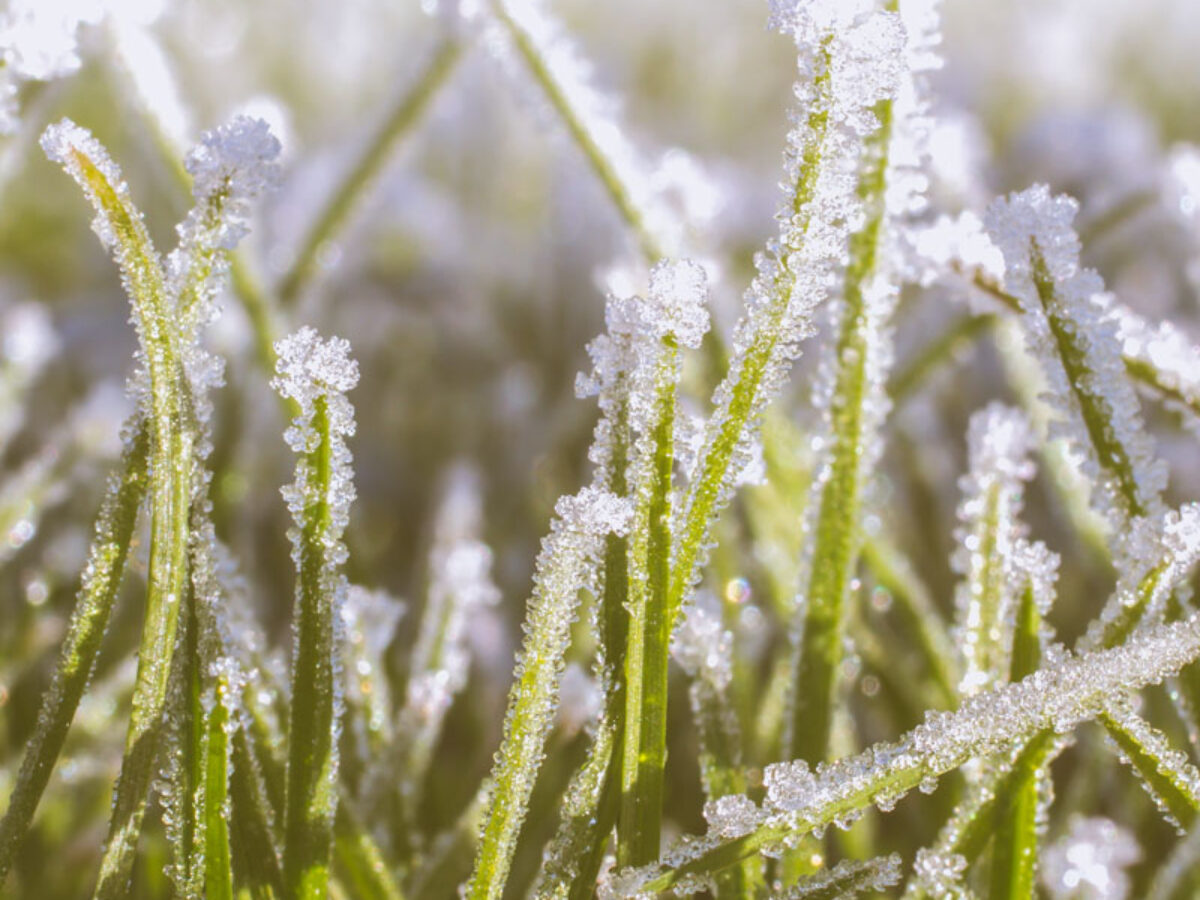

Landscaping Ideas
Should I Water Grass When It’s Cold
Modified: March 2, 2024
Find expert tips on landscaping ideas for watering grass in cold weather. Learn when and how to water your lawn during colder seasons.
(Many of the links in this article redirect to a specific reviewed product. Your purchase of these products through affiliate links helps to generate commission for Storables.com, at no extra cost. Learn more)
**
Introduction
**
When the temperatures start to drop and winter looms on the horizon, many homeowners wonder about the best practices for maintaining a healthy lawn. One common question that arises is whether it's necessary to water the grass when the weather turns cold. This concern is valid, as the relationship between cold weather and grass care is not always straightforward. Understanding the impact of cold weather on grass growth and the necessity of watering during this time is crucial for maintaining a vibrant and resilient lawn. In this article, we will delve into the intricacies of cold weather lawn care and explore the benefits and risks of watering grass in chilly conditions. Additionally, we will provide valuable insights into the best practices for nurturing your lawn during the cold season. By the end of this article, you will have a comprehensive understanding of whether or not you should water your grass when it's cold, empowering you to make informed decisions for the well-being of your lawn.
Key Takeaways:
- Despite cold weather, grass still needs water to stay healthy. Adjust watering frequency and timing to promote strong roots and prevent frost damage.
- Targeted watering in cold weather preserves moisture, fortifies roots, and sets the stage for a vibrant lawn in spring. Balance hydration to avoid risks.
Read more: Should I Water Grass When It’s Hot
Understanding Cold Weather and Grass Growth
Before delving into the specifics of watering grass in cold weather, it’s essential to grasp the relationship between low temperatures and grass growth. Cold weather significantly impacts the growth patterns of grass, causing a slowdown in metabolic processes and overall development. As temperatures drop, the metabolic rate of grass decreases, leading to reduced photosynthesis and nutrient absorption. This slowdown in growth is a natural response to cold conditions, as grass conserves energy to withstand the harsh environment.
Moreover, cold weather can induce dormancy in certain grass species, further inhibiting active growth. Dormancy is a survival mechanism that allows grass to endure unfavorable conditions by entering a state of minimal activity. During dormancy, the grass conserves energy and redirects resources to essential functions, such as root development and resilience against environmental stressors. As a result, the visible growth of the grass slows down, and it may appear less vibrant during cold spells.
Understanding these dynamics is crucial for formulating an effective lawn care strategy in cold weather. While grass growth may be subdued during this time, it’s important to recognize that the root system continues to function beneath the surface. By considering the biological responses of grass to cold weather, homeowners can make informed decisions regarding the necessity of watering and other maintenance practices.
The Impact of Cold Weather on Grass
Cold weather exerts a multifaceted influence on the overall health and appearance of grass. Understanding the specific effects of chilly temperatures on grass is essential for devising an effective care regimen during the winter months.
One of the primary impacts of cold weather on grass is the reduction in growth rate. As temperatures decrease, the metabolic activity of grass slows down, leading to diminished growth and development. This slowdown is a natural response to the environmental conditions, as the grass conserves energy to endure the cold.
Furthermore, cold weather can trigger dormancy in grass, particularly in regions with pronounced winter seasons. Dormancy is a protective mechanism that allows the grass to survive harsh conditions by entering a state of minimal activity. During dormancy, the visible growth of the grass decreases, and it may exhibit a faded or dormant appearance. However, beneath the surface, the root system continues to function, enabling the grass to sustain itself and prepare for renewed growth when conditions become favorable.
In addition to growth reduction and dormancy, cold weather can impact the color and vibrancy of the grass. Many grass species tend to lose their lush green hue during the winter months, appearing dull or brownish. This change in color is a natural response to the environmental stressors associated with cold weather.
Moreover, cold temperatures can increase the risk of frost damage to the grass. Frost can be detrimental to the cellular structure of grass blades, potentially leading to discoloration and damage. Additionally, the freeze-thaw cycles common in cold weather regions can cause upheaval in the soil, affecting the stability of the grass roots.
By understanding these impacts, homeowners can adapt their lawn care practices to mitigate the effects of cold weather and promote the resilience of their grass.
Watering Grass in Cold Weather
As the temperatures drop and the growth of grass slows down, the question of whether to water the lawn in cold weather becomes a point of consideration for homeowners. While the instinct may be to reduce or halt watering during chilly periods, there are compelling reasons to continue this essential practice, albeit with certain adjustments.
Contrary to popular belief, grass still requires adequate hydration during cold weather. While its visible growth may be minimal, the root system continues to actively absorb water and nutrients from the soil. Proper hydration is crucial for sustaining the health and resilience of the grass, especially during periods of dormancy and reduced metabolic activity.
Watering the grass in cold weather serves multiple purposes. Firstly, it helps prevent desiccation, which occurs when the grass loses moisture due to environmental factors such as wind and low humidity. Even in cold conditions, the combination of dry air and occasional sun exposure can lead to moisture loss in the grass. By providing supplemental watering, homeowners can mitigate the risk of desiccation and maintain the moisture levels essential for grass survival.
Furthermore, watering the grass in cold weather can aid in safeguarding the root system. Adequate hydration fortifies the resilience of the grass roots, enabling them to withstand the environmental stressors associated with winter. Additionally, well-hydrated grass is better equipped to endure fluctuations in temperature and potential frost damage, contributing to its overall health and vitality.
It’s important to adjust the watering frequency and duration to align with the specific needs of the grass during cold weather. While the watering schedule may be less frequent compared to the growing season, deep and infrequent watering sessions can promote the development of a robust root system. This approach encourages the grass roots to delve deeper into the soil in search of moisture, enhancing their stability and drought resistance.
By recognizing the significance of watering grass in cold weather and implementing targeted hydration practices, homeowners can contribute to the long-term well-being of their lawn, setting the stage for a vibrant and resilient grass come springtime.
It’s best to avoid watering grass when it’s cold, as the water may freeze and damage the grass. Wait for warmer temperatures to ensure the water can be absorbed properly.
Benefits of Watering Grass in Cold Weather
Watering the grass during cold weather offers a range of benefits that contribute to the overall health and resilience of the lawn. While the instinct may be to reduce watering frequency or cease this practice altogether when temperatures drop, understanding the advantages of targeted hydration during chilly periods can transform the way homeowners approach winter lawn care.
One of the primary benefits of watering grass in cold weather is the preservation of moisture levels essential for grass survival. Despite the reduced visible growth of the grass, the root system continues to actively absorb water and nutrients from the soil. By providing supplemental hydration, homeowners can prevent desiccation and maintain adequate moisture in the grass, mitigating the risk of dryness and associated stress.
Moreover, watering the grass during cold weather contributes to the fortification of the root system. Adequate hydration supports the development of robust and resilient roots, enabling the grass to withstand environmental stressors such as frost and temperature fluctuations. A well-hydrated root system is better equipped to endure the challenges of winter, setting the stage for vigorous growth when spring arrives.
Additionally, targeted watering in cold weather promotes the long-term health and vitality of the grass. By sustaining adequate moisture levels and supporting root development, homeowners can lay the groundwork for a vibrant and resilient lawn in the upcoming growing season. The benefits of winter hydration extend beyond immediate visual effects, influencing the overall well-being of the grass in the months to come.
Furthermore, watering the grass during cold weather can contribute to the prevention of winter kill, a phenomenon in which grass succumbs to environmental stressors and inadequate moisture. By proactively providing supplemental hydration, homeowners can reduce the risk of winter kill and support the grass in maintaining its vigor and color through the colder months.
By recognizing and leveraging these benefits, homeowners can implement targeted and effective hydration practices during cold weather, nurturing their lawn and setting the stage for a lush and resilient grass come spring.
Read more: How To Care For The Lawn When It’s Cold
Risks of Watering Grass in Cold Weather
While watering the grass in cold weather offers numerous benefits, it is essential to be mindful of potential risks associated with this practice. Understanding the challenges and potential drawbacks can empower homeowners to make informed decisions and refine their winter lawn care approach.
One of the primary risks of watering grass in cold weather is the potential for water to freeze on the grass blades and soil surface. In regions with consistently low temperatures, the water applied to the lawn may freeze before it can be absorbed, leading to the formation of ice layers. These ice layers can create insulating barriers that hinder the exchange of gases and moisture, potentially suffocating the grass and impeding its access to essential resources.
Furthermore, excessive moisture in the soil, compounded by cold temperatures, can increase the risk of fungal diseases. Prolonged wetness in the grass can create favorable conditions for fungal pathogens to thrive, potentially leading to issues such as snow mold and other cold-weather-related diseases. These diseases can impact the overall health and appearance of the lawn, necessitating targeted management and potential intervention.
Another risk to consider is the potential for waterlogging and soil compaction. In areas with inadequate drainage or heavy clay soils, excessive watering during cold weather can contribute to waterlogging, where the soil becomes saturated and oxygen availability decreases. This can impede root respiration and lead to soil compaction, hindering the development and health of the grass roots.
Moreover, the combination of cold temperatures and moisture can elevate the risk of frost damage to the grass. Watering the lawn in the late afternoon or evening, followed by a rapid drop in temperature, can increase the likelihood of frost formation on the grass blades. Frost can be detrimental to the cellular structure of the grass, potentially leading to discoloration and damage.
By acknowledging these risks and implementing targeted watering practices, homeowners can navigate the complexities of winter lawn care and optimize the health and resilience of their grass, mitigating potential challenges while leveraging the benefits of strategic hydration.
Best Practices for Watering Grass in Cold Weather
Implementing best practices for watering grass in cold weather is essential for nurturing a healthy and resilient lawn while mitigating potential risks. By incorporating targeted and informed hydration strategies, homeowners can optimize the well-being of their grass during the winter months, setting the stage for lush growth when spring arrives.
One of the foundational best practices is to adjust the watering frequency and duration to align with the specific needs of the grass during cold weather. While the watering schedule may be less frequent compared to the growing season, deep and infrequent watering sessions can promote the development of a robust root system. This approach encourages the grass roots to delve deeper into the soil in search of moisture, enhancing their stability and resilience against environmental stressors.
It is crucial to water the lawn earlier in the day to allow adequate time for the moisture to be absorbed before the temperatures drop in the evening. Watering in the morning allows the grass blades and soil surface to dry during the day, reducing the risk of frost formation and minimizing the potential for waterlogging and fungal diseases associated with prolonged wetness.
Furthermore, homeowners should prioritize targeted watering, focusing on areas that may be more susceptible to desiccation or dryness. South-facing slopes and areas exposed to wind may experience accelerated moisture loss, necessitating additional attention during cold weather. By identifying and addressing these specific needs, homeowners can optimize the hydration of their lawn while conserving water resources.
Implementing proper lawn maintenance practices, such as aerating the soil and ensuring adequate drainage, can complement targeted watering efforts. Aerating the soil promotes better water penetration and root development, enhancing the effectiveness of hydration practices. Additionally, addressing drainage issues can prevent waterlogging and soil compaction, contributing to the overall health of the grass.
Finally, monitoring the weather forecasts and adjusting the watering schedule based on anticipated temperature fluctuations and precipitation can optimize the effectiveness of winter hydration. By leveraging weather information, homeowners can adapt their watering practices to align with the evolving needs of the grass and the prevailing environmental conditions.
By embracing these best practices, homeowners can navigate the complexities of winter lawn care with confidence, nurturing their grass and laying the groundwork for a vibrant and resilient lawn in the upcoming growing season.
Conclusion
As the cold weather sets in, the care and maintenance of your lawn become a crucial consideration. The decision of whether to water the grass during chilly periods is a topic that warrants thoughtful consideration and informed action. Understanding the impact of cold weather on grass growth and the significance of targeted hydration is essential for nurturing a healthy and resilient lawn throughout the winter months.
Cold weather exerts a noticeable influence on the growth and appearance of grass, leading to reduced metabolic activity, potential dormancy, and changes in color and vibrancy. Despite these effects, the root system of the grass remains active, highlighting the ongoing need for adequate hydration during cold spells.
Watering the grass in cold weather offers a range of benefits, including the preservation of moisture levels, the fortification of the root system, and the promotion of long-term grass health. However, it is important to be mindful of potential risks such as frost damage, waterlogging, and the onset of fungal diseases, necessitating targeted and informed watering practices.
By embracing best practices such as adjusting the watering frequency, timing, and targeting specific areas, homeowners can optimize the effectiveness of winter hydration while mitigating potential challenges. Additionally, incorporating proper lawn maintenance practices and leveraging weather forecasts can further enhance the resilience and well-being of the grass.
In conclusion, the decision to water the grass when it’s cold should be guided by a nuanced understanding of the grass’s needs, the prevailing environmental conditions, and the potential benefits and risks associated with winter hydration. By approaching winter lawn care with attentiveness and strategic action, homeowners can nurture a vibrant and resilient lawn, laying the groundwork for lush growth and vitality in the upcoming growing season.
Frequently Asked Questions about Should I Water Grass When It's Cold
Was this page helpful?
At Storables.com, we guarantee accurate and reliable information. Our content, validated by Expert Board Contributors, is crafted following stringent Editorial Policies. We're committed to providing you with well-researched, expert-backed insights for all your informational needs.
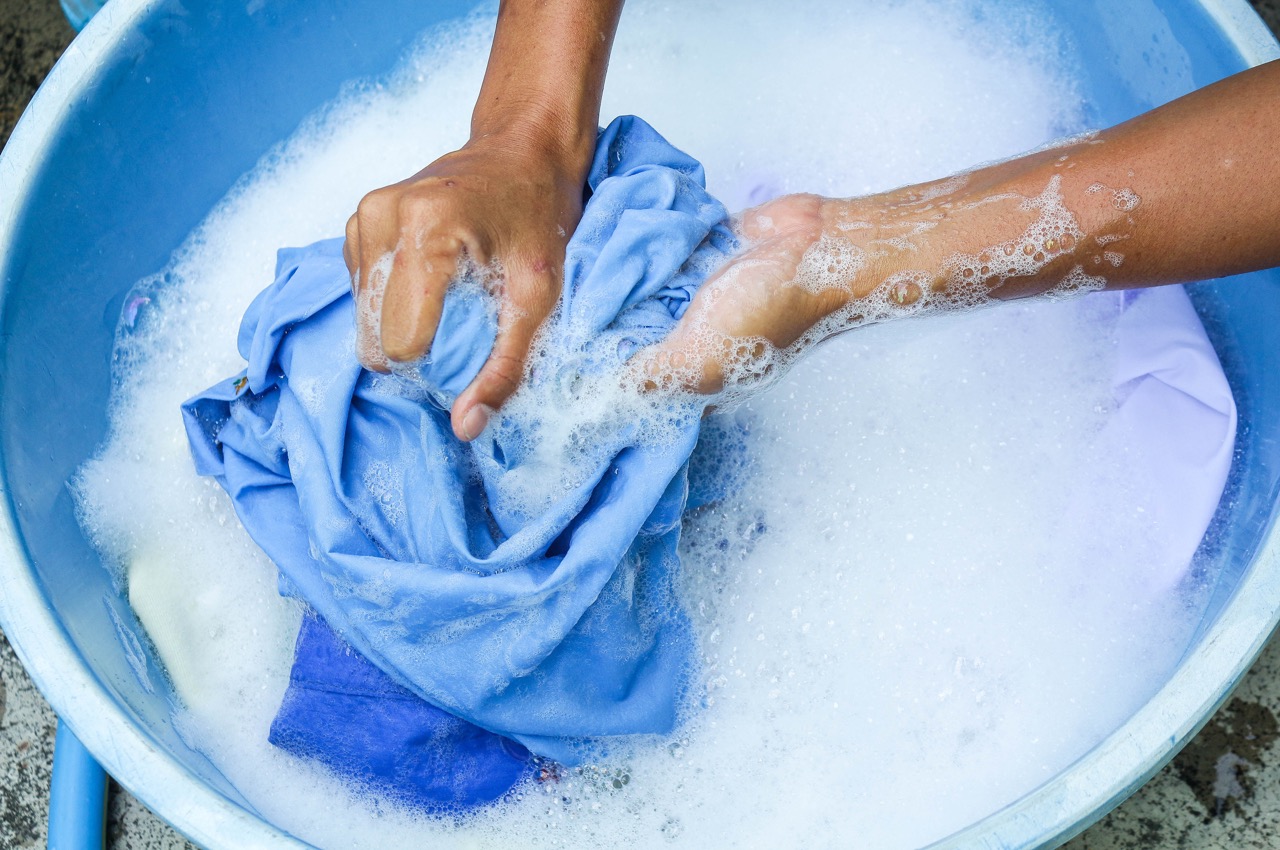
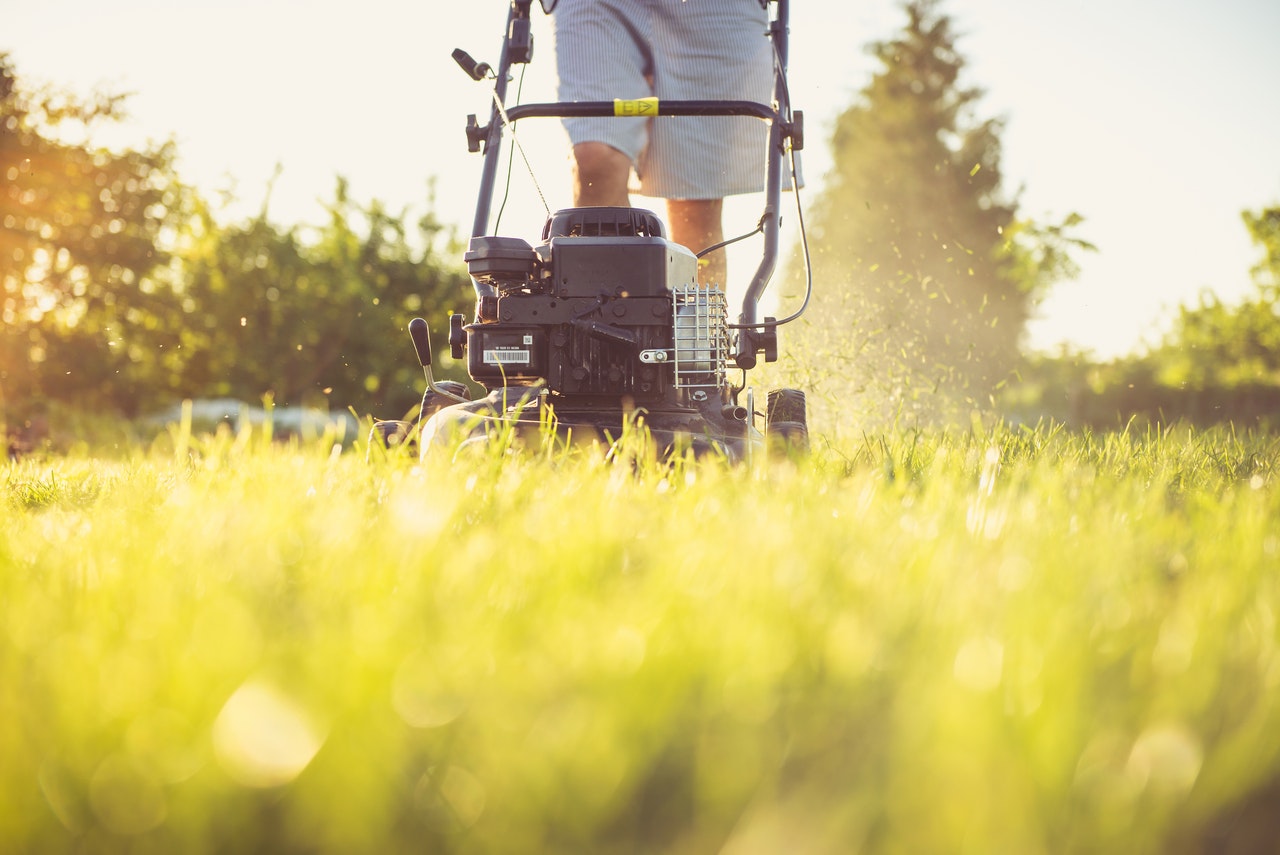
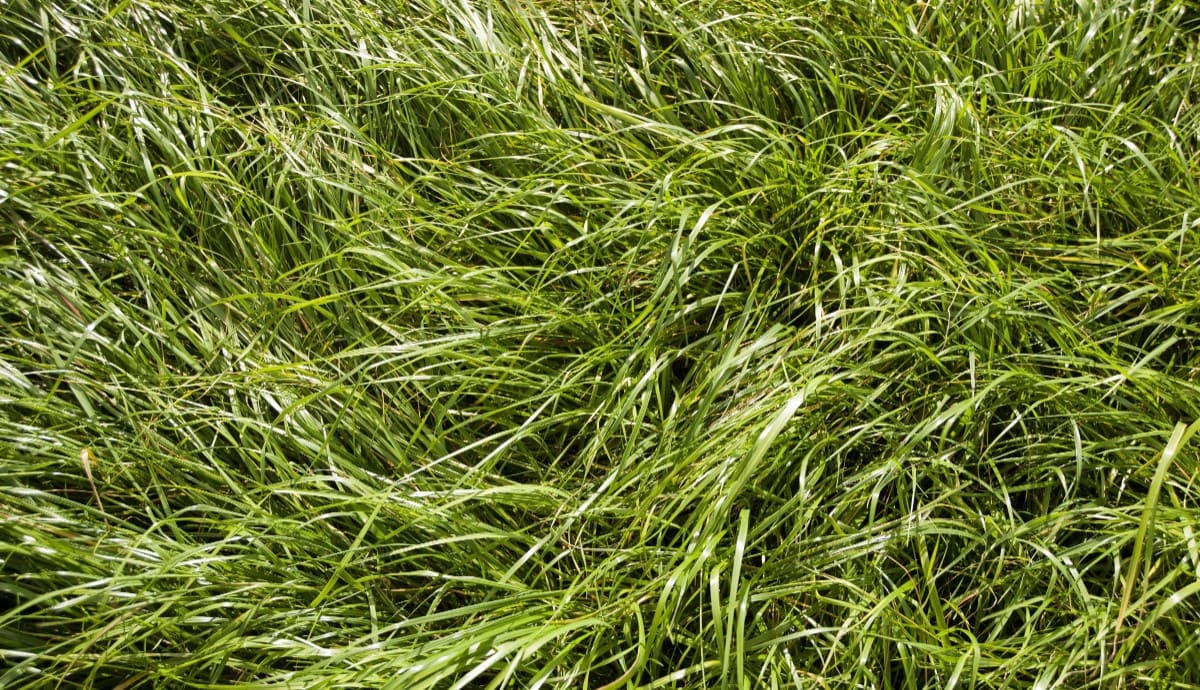
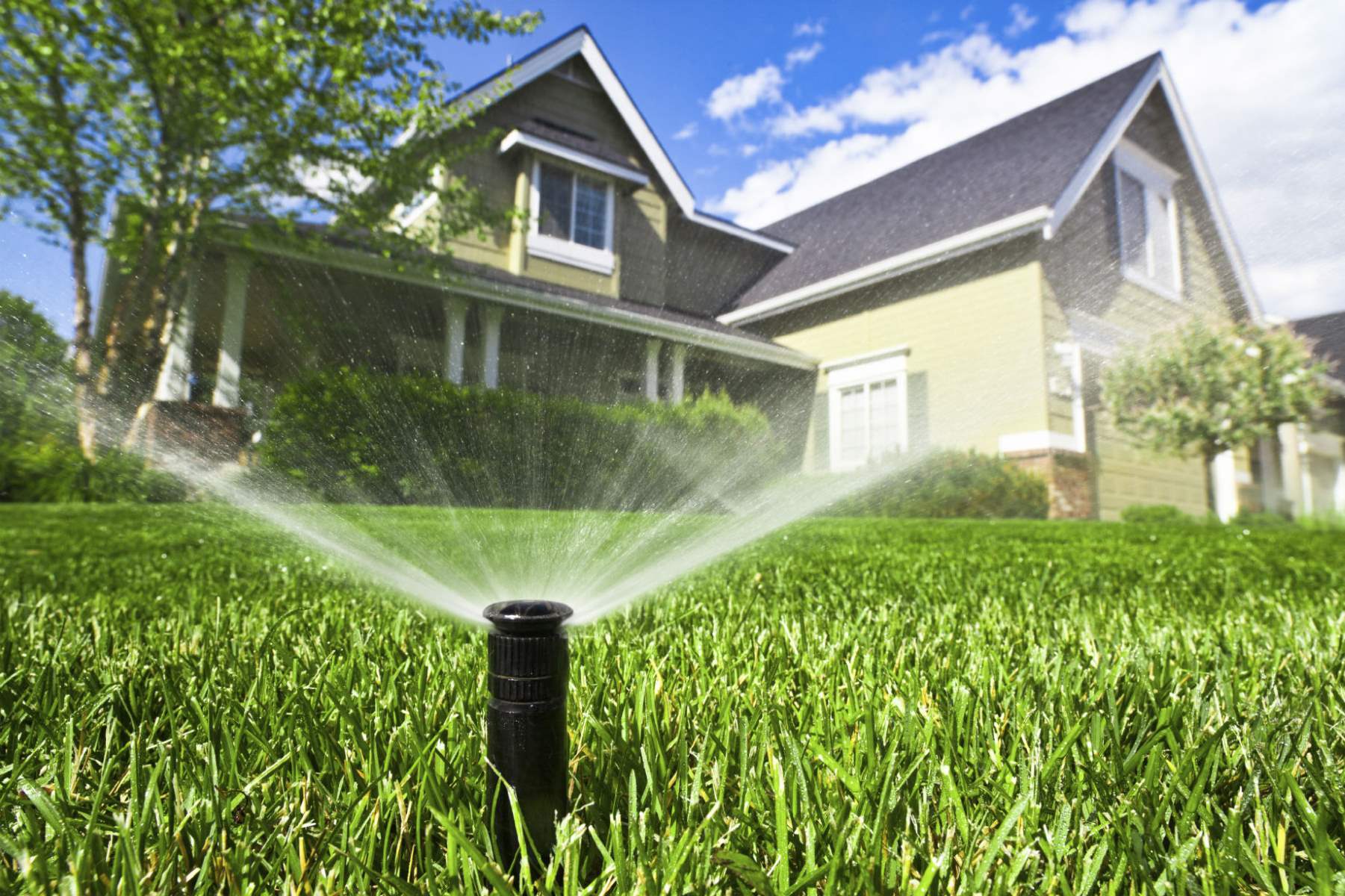
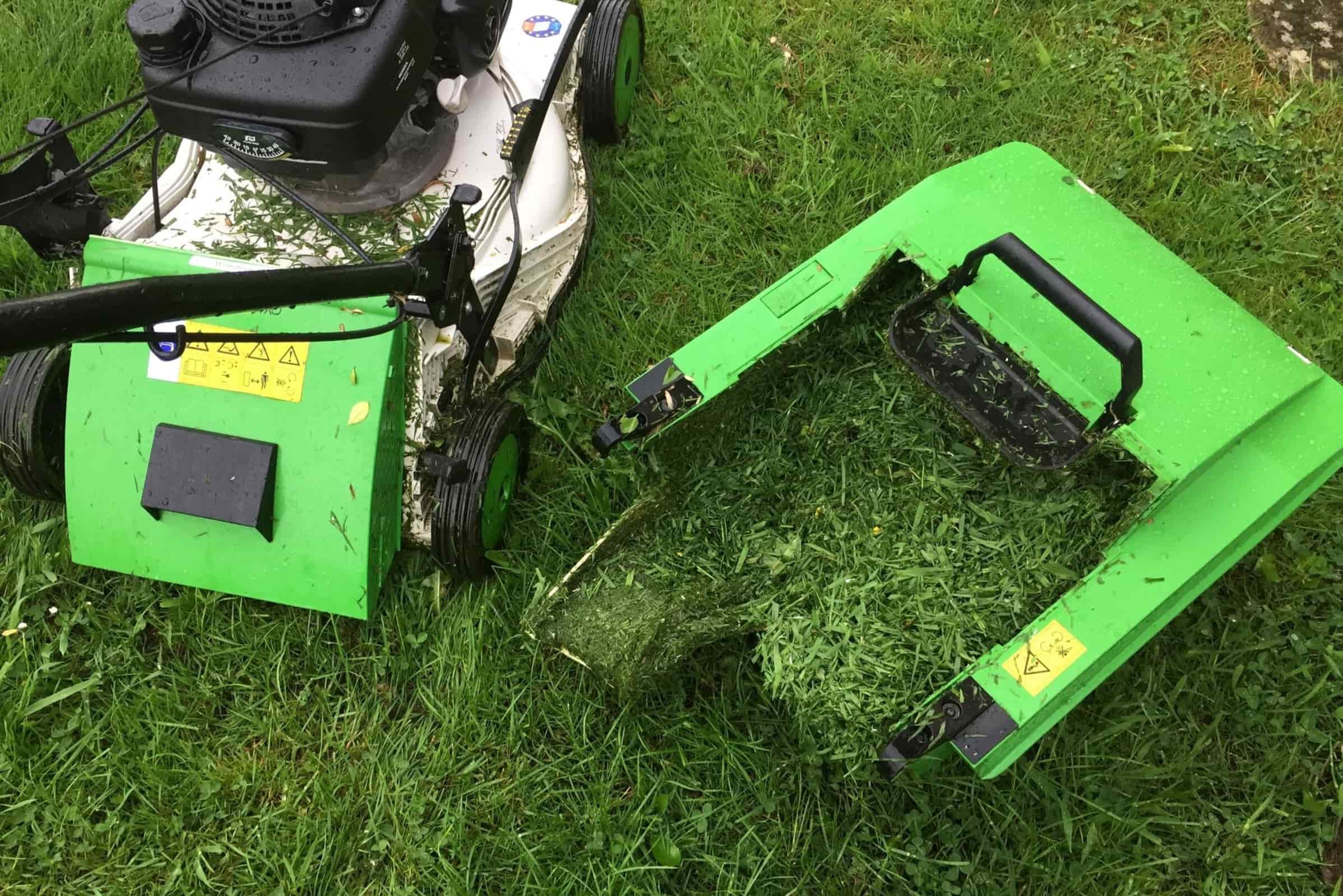

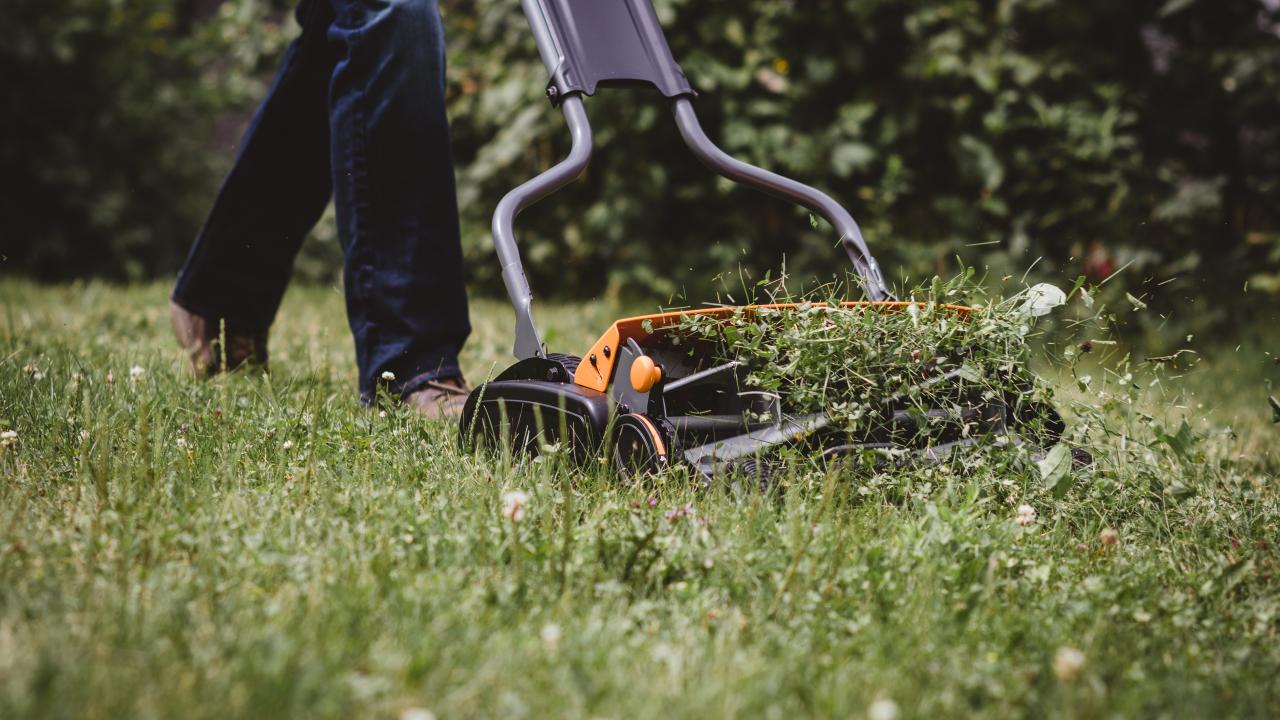
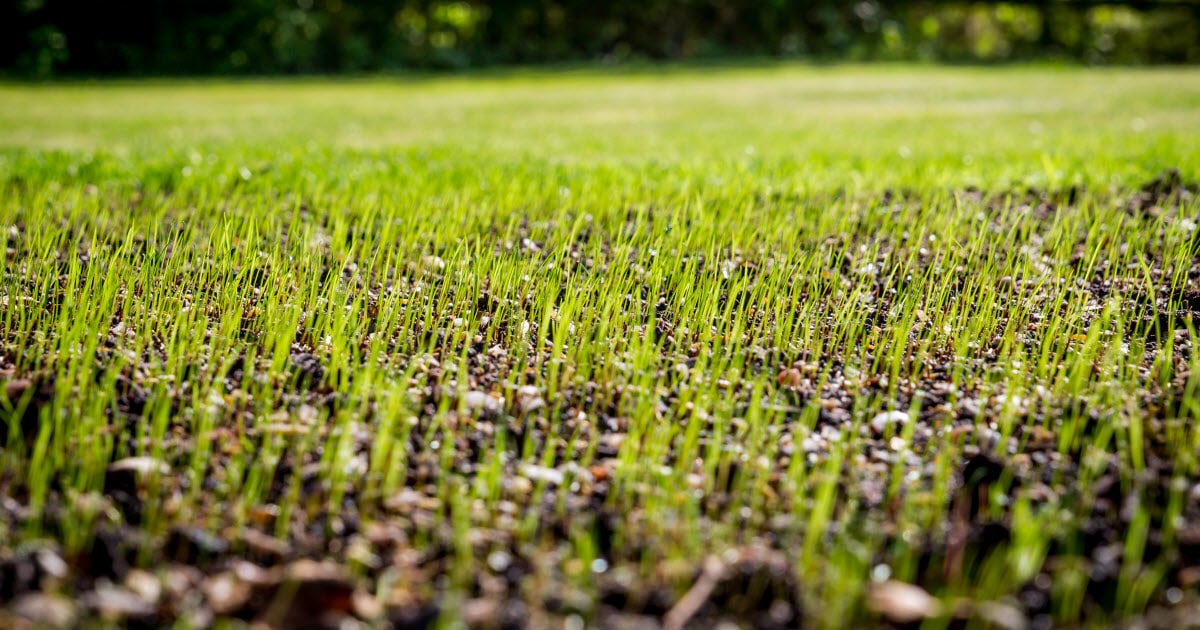
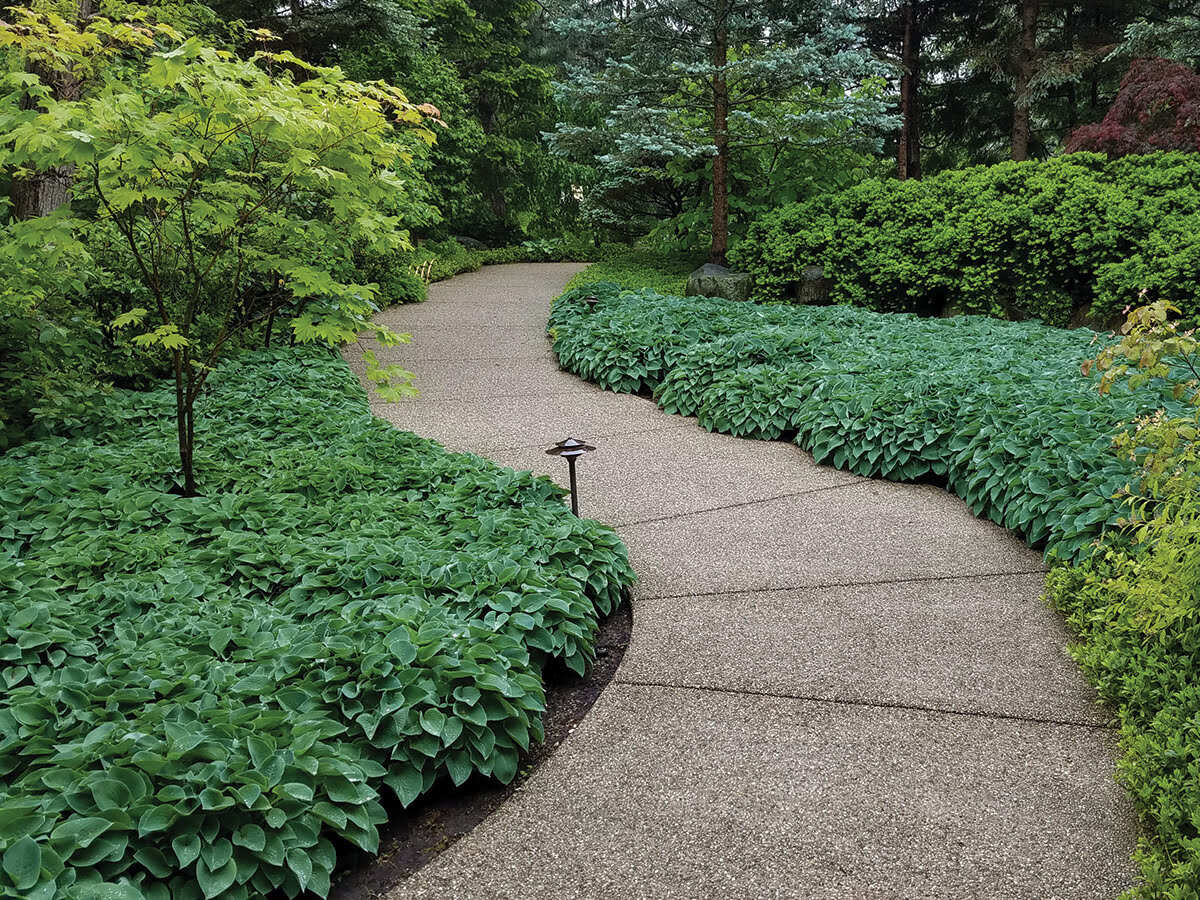
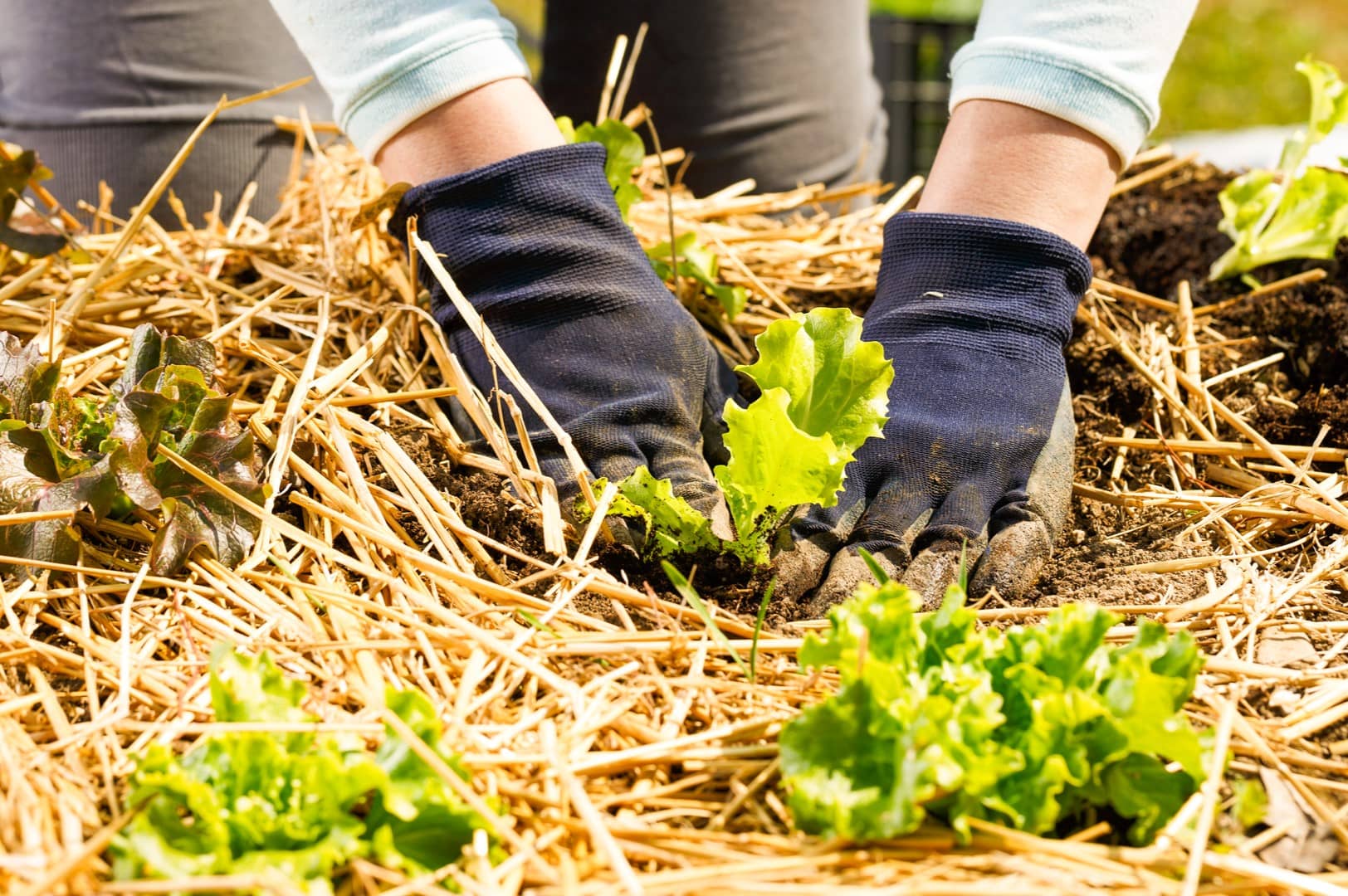
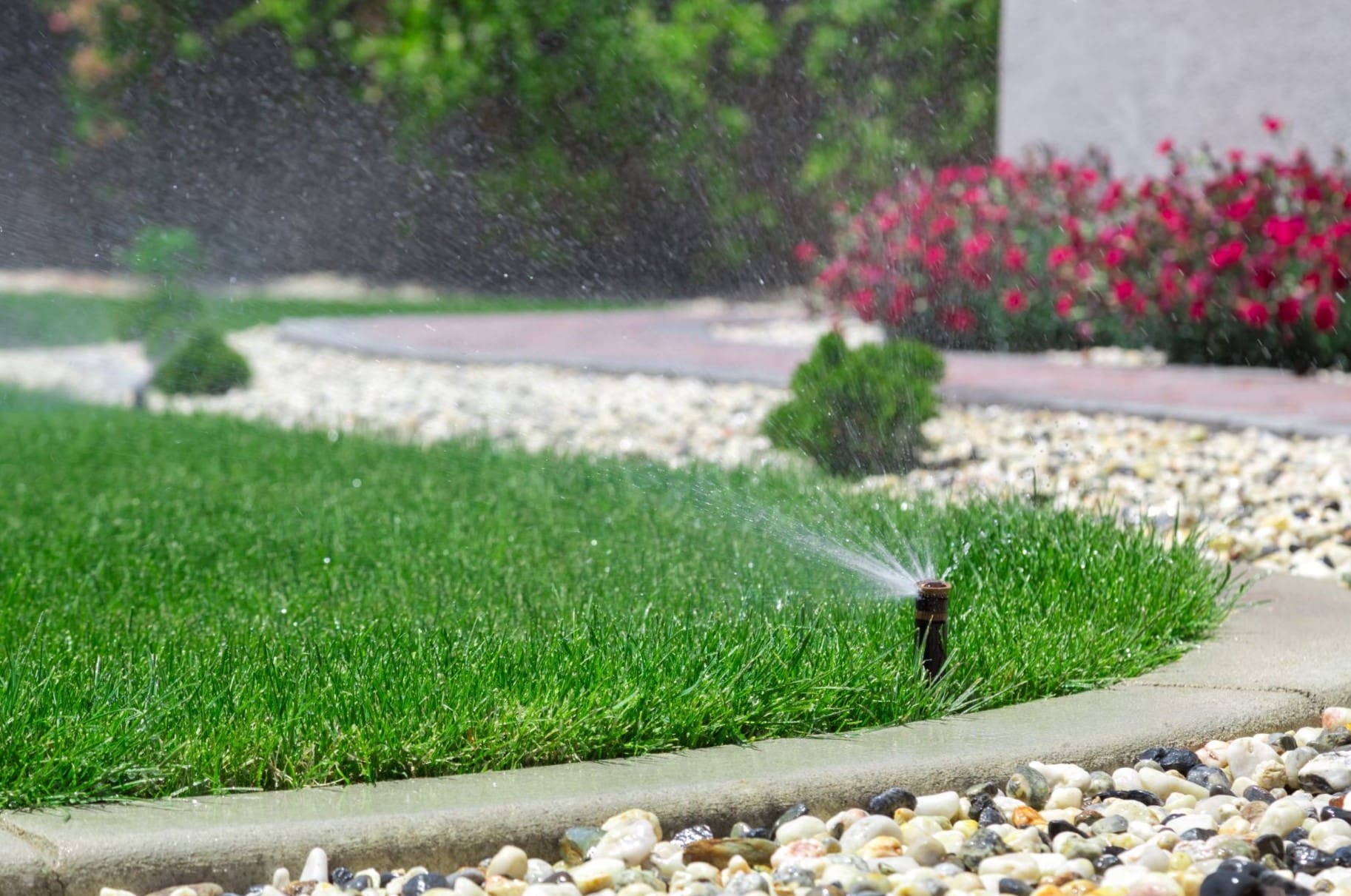
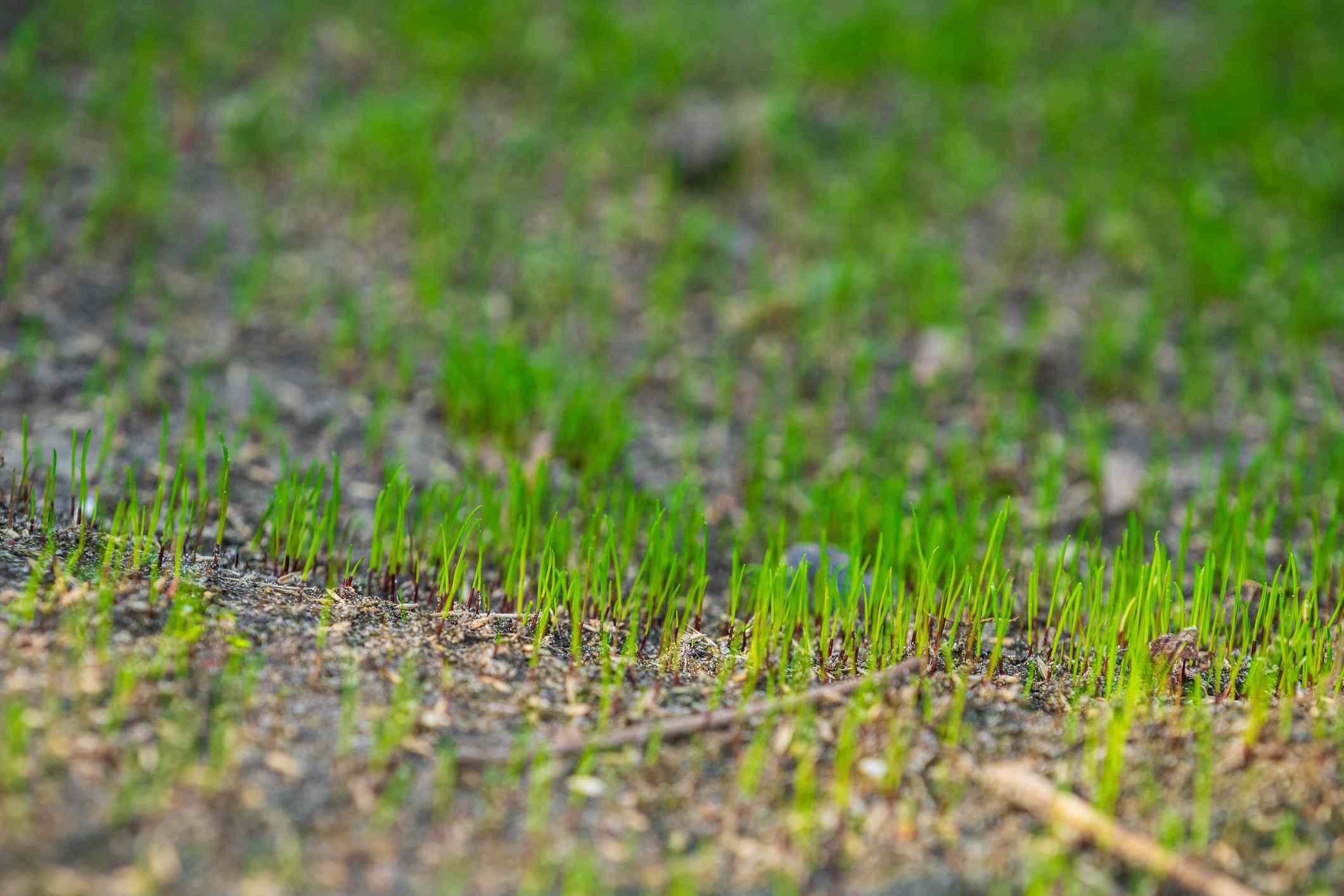
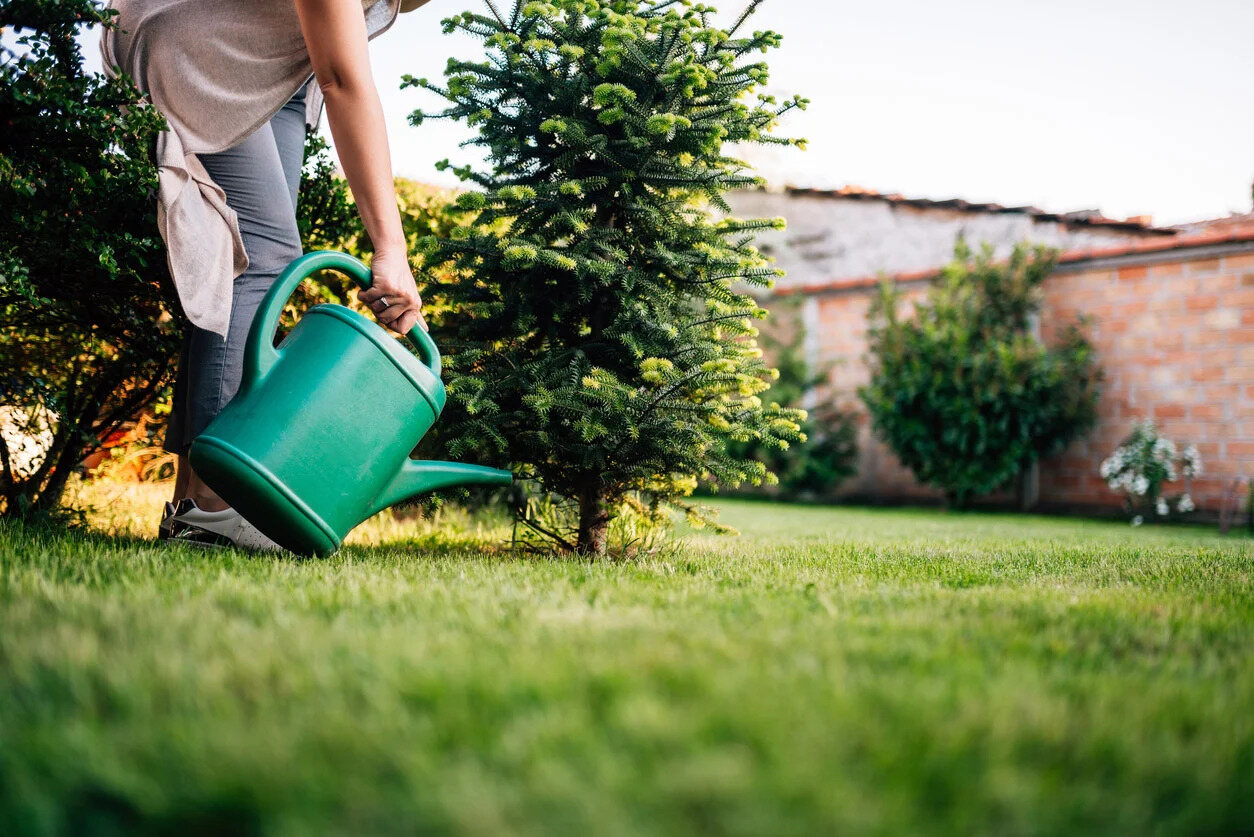
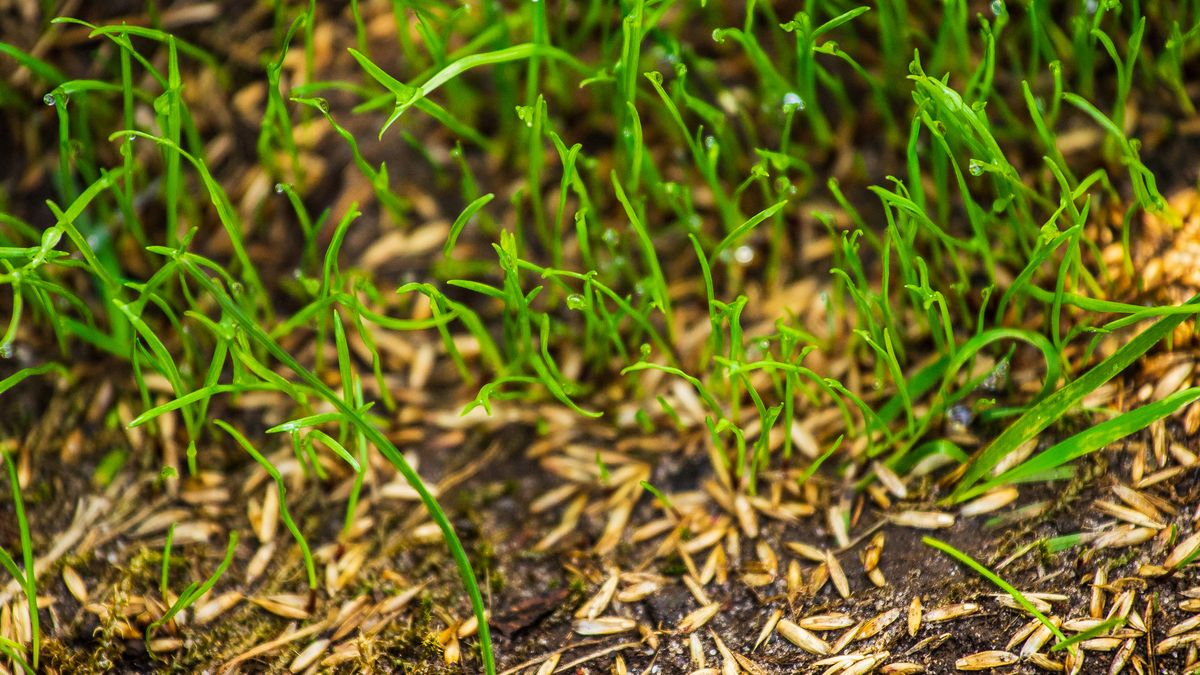

0 thoughts on “Should I Water Grass When It’s Cold”